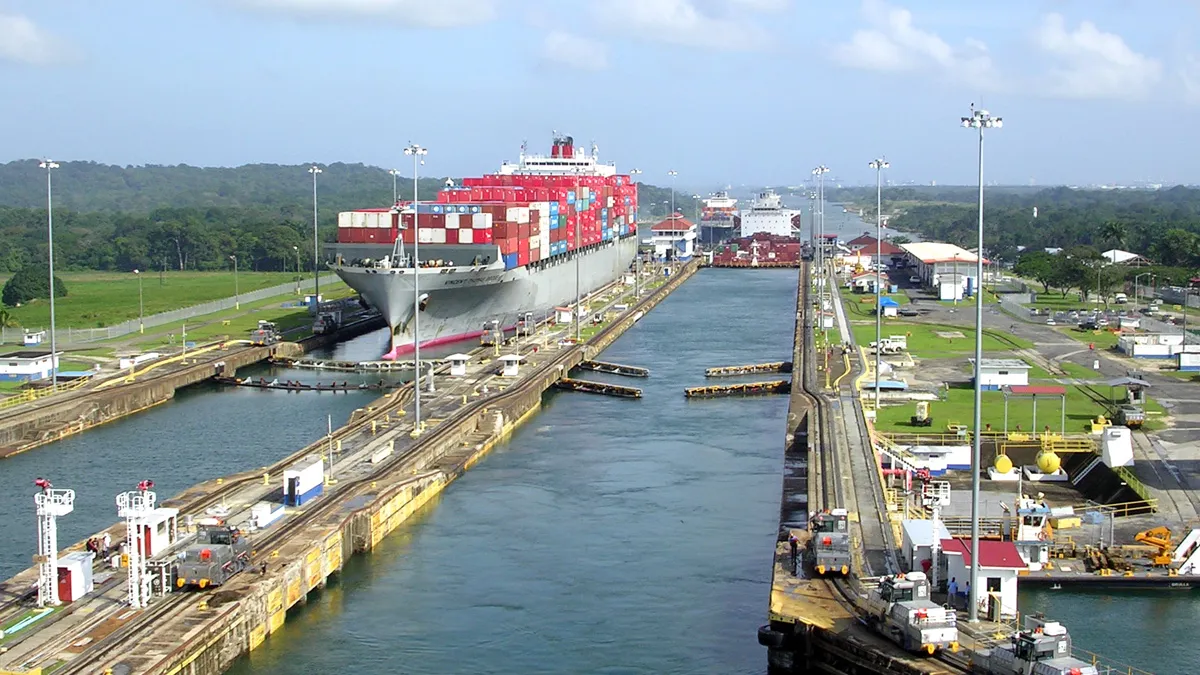CFOs are reexamining just-in-time production after the pandemic left many businesses unable to meet customer demand because of supply shortages.
Until some form of equilibrium is once again reached, CFOs should rethink how just-in-time is used, says Debbie Fogel-Monnissen, CFO of the Institute for Supply Management. The pandemic made clear the total cost of the supply chain, which includes safety stock to increase resiliency, is more important than just short-term gains for maximum elimination of inventory.
Companies that don’t have a resilient supply chain, she says, even as the economy recovers, might miss growth opportunities or even suffer permanent damage to brand loyalty if consumers can’t get what they want, when they want it.
“The pandemic caused rapid changes in demand and supply — a shock to the global supply chain ecosystem that threw the prior equilibrium out of balance, Fogel-Monnissen says. “Just-in-time by its nature requires some predictability and the pandemic interrupted that cycle.”
Stockpiles advised
The consulting firm of BDO urged manufacturers to reevaluate their just-in-time inventory strategies and consider developing alternative sources of supplies or stockpiles of critical materials or products.
“The manufacturing industry is at a crossroads,” BDO says in a manufacturing report released in March. “On one end are the continued headwinds that manufacturers will face due to the pandemic recession. On the other are emerging opportunities for growth and innovation that organizations cannot afford to ignore. 2021 will be a balancing act between mitigating risk, navigating continued uncertainty and seizing new opportunities.”
The authors say the keys for CFOs at manufacturing companies are to balance investments that increase connectivity and resiliency to mitigate disruption with longer-term plans for transformation to meet changing customer expectations.
3D printing
Looking at how his company is changing its approach to just-in-time, 3D metal and carbon fiber printer manufacturer Markforged CFO Mark Schwartz says for years just-in-time has dominated, thanks to its ability to keep firms nimble and capital free from being tied up in inventory.
However, he says, companies have found over the last year and a half how fragile just-in-time operations can be, with broken supply lines and other supply chain problems.
Going forward, Schwartz says, he sees promise in a new generation of just-in-time operations that leverage the kind of manufacturing his company specializes in, 3D printing.
“Enabled by 3D printing, this new approach brings operations closer to home and avoids potential delays by printing parts directly at the site where they are needed,” he says. “Not only does this significantly reduce stress on companies’ inventory, but it can drive down supply chain costs and reduce the amount of time required to get the part you need, all while avoiding the need to tie up capital by stockpiling inventory in warehouses."
Near-shoring
Rene Ho, CFO for Taulia, a supply chain solutions company, says just-in-time disruptions caused a domino effect throughout the manufacturing and sales process.
“To overcome some of these challenges more companies are exploring near-shoring options, maintaining greater stock levels and using innovative inventory management solutions to make sure production isn’t disrupted and maintain their competitiveness,” the executive says.
The CFO is finding a shift in the relative negotiating power of buyers and suppliers globally. This, coupled with components that are either more expensive to produce or come with higher storage costs as inventory levels increase, is making CFOs think differently.
“Essentially, working capital is being tied up in the supply-chain for longer,” the CFO says.
Quick problem detection
The thinking that just-in-time created problems in the pandemic that CFOs have to resolve in the aftermath is not universal.
While shortages occur quicker in just-in-time, problems are also detected faster, says Thomas Roemer, senior lecturer of operations management at the MIT Sloan School of Management and executive director of the MIT Leaders for Global Operations program. One of the principal purposes of keeping low inventory and relying on just-in-time has always been to find, and resolve, problems faster, he says.
“I doubt that conventional inventory heavy systems would have had enough usable inventory in the system to bridge extended periods of shortages,” he says. In any case, “that heavy inventory burden would have rendered them uncompetitive a long time ago.”
The MIT expert contends long lead times and non-transparent supply chains, with layers of outsourcing and offshoring, are much more to blame for the pandemic shortages than just-in-time per se.
“After all, things worked for so long without ‘wasting’ time on collaborating with sub-suppliers,” he says.
In other words, although outsourcing has been associated with just-in-time, it’s not a necessary part of it.
CFOs have to realize, he says, outsourcing and offshoring are strategic decisions in which procurement costs are only one factor.
“Factors such as flexibility, responsiveness, transparency and sundry other factors must be considered” as well, he says.
The good news out of this, says Roemer, is that this keeps the job of the CFO both interesting and secure. After all, automation can easily make decisions based solely on costs. What it can’t do is the kind of strategic CFO thinking that looks at factors other than costs when designing supply chains.


















